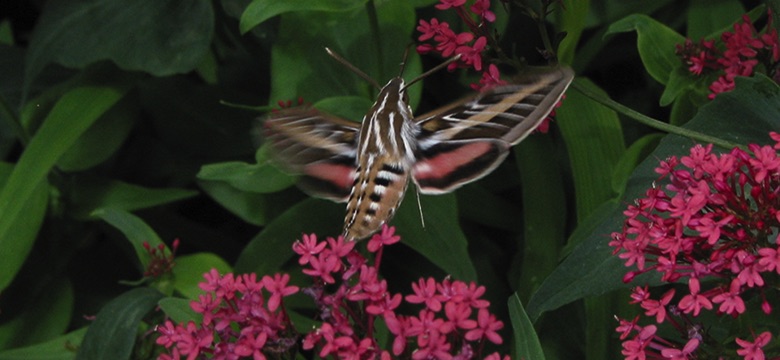UA Professor Michael Rosenzweig describes Reconciliation Ecology as “the science of inventing, establishing and maintaining new habitats to conserve species diversity in places where people live, work or play. Reconciliation Ecology seeks environmentally sound ways for us to continue to use the land for our own benefit.” Further he states, that “to practice Reconciliation Ecology, we must pay close attention to our treatment of the land. We must back off a bit — not on the amount of land we take for ourselves — but on how we transform it for our use. Right now, our footprint is too big. Going barefoot is not the answer but the time has come to trade in our jackboots for the grace and elegance of ballet slippers. The careful foot can walk anywhere.” As human populations increase and more wild lands are shifted to human use rather than supporting the natural environment and native species, it falls to us as stewards of the planet to offset our impact by paying more attention to exactly what plants we grow in our gardens. For a lot of gardeners, this will require a fundamental shift in how you think about your plantings. Much too often, gardeners are attracted to the latest and greatest plants sold by the nursery industry. Sadly, the result is that many of the plants that are going into our gardens are alien and/or sterile which means that they do not support birds, bees, caterpillars and butterflies. For years the nursery industry and large chemical companies have tried to convince us that insects are bad. In reality, insects are the basis for a strong healthy wildlife garden habitat. I hope you will join the discussion as we explore the “why” and “how” to create a native wildlife garden habitat in your landscape design.
The sky isn't falling. At least not quite yet...
Saturday, January 1, 2011
